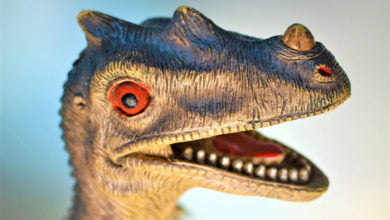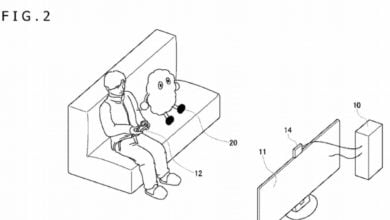Biohybrid robots seem like the new thing in robotics. Cybernetic organisms, living tissues over metal endoskeletons, you could say. Or, in this case, 3D-printed materials.
For example, this month researchers at Case Western Reserve University shared their latest unique robot: a small device that can hop very slowly, like a sea turtle. It uses the entire muscle from a California sea slug’s mouth (called the buccal muscle), placed over a 3D-printed body. Together, this fusion of life and machine moves via an electrical current sent through the water, which causes the muscle to contract.
You may be wondering why they’d use sea slug muscles, but that’s where this stuff gets interesting. The point of these so-called biohybrid robots is not only to create “living machines,” but also devices that can potentially survive environments that humans, and even regular robots, cannot.
The California sea slug, in this case, can survive and adapt to the harsh environments of the Pacific Ocean, including its temperatures and salinity. And if these robots fail or get lost, their materials are environmentally-safe and biodegradable.
Another biohybrid robot is this bizarre “stringray” bot that uses rat muscles. It’s very tiny – about the size of a penny – and moves in response to blue light pulses.






